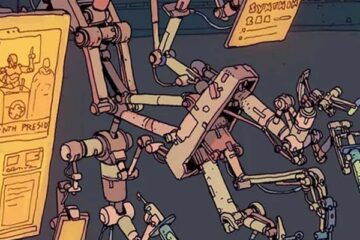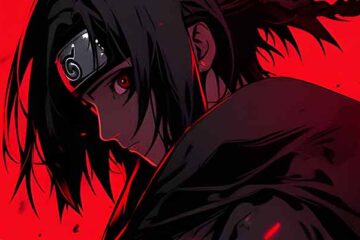The Punk Movement: A Defiant Counter Culture Revolution in Punk Music
Introduction: The punk movement emerged in the mid-1970s as a rebellious response to the prevailing social and political climate. With its raw energy, DIY ethos, and provocative fashion, punk became a powerful force that challenged the status quo and gave a voice to the marginalized. This blog post delves into the history of the punk movement, exploring its origins, key figures, and lasting impact on music and society.
I. Origins of Punk: The roots of punk can be traced back to the mid-1960s, when a wave of dissatisfaction with mainstream culture began to brew. Influenced by the counterculture movements of the time, such as the Beat Generation and the hippie movement, punk sought to reject the commercialization and conformity that had permeated society. The term “punk” itself was initially used to describe a subculture of rebellious youth in the United States, characterized by their unconventional style and anti-establishment attitudes.
II. The Birth of Punk Music: Punk music, with its aggressive and stripped-down sound, became the driving force behind the movement. In the early 1970s, bands like the New York Dolls and the Stooges laid the foundation for punk with their raw and confrontational performances. However, it was in the mid-1970s that punk truly exploded onto the scene, with the emergence of iconic bands like the Ramones, the Sex Pistols, and the Clash.
III. The Punk Ethos: At the heart of the punk movement was a do-it-yourself (DIY) ethos. Punk musicians and fans alike embraced the idea that anyone could pick up an instrument and make music, regardless of technical skill. This democratization of music creation empowered countless individuals to express themselves and challenge the established norms of the music industry. Punk music was characterized by its short, fast-paced songs, aggressive lyrics, and a rejection of mainstream commercialism.
IV. Punk Fashion and Visual Identity: Punk fashion played a crucial role in the movement’s visual identity. With their torn clothing, leather jackets, and distinctive hairstyles, punks used fashion as a form of self-expression and rebellion. Safety pins, band patches, and DIY accessories became iconic symbols of punk culture. The punk aesthetic was a deliberate rejection of societal norms and a way to visually communicate the movement’s anti-establishment message.
V. Punk as a Social and Political Movement: Beyond its musical and fashion aspects, punk was a social and political movement that sought to challenge the prevailing power structures. Punk lyrics often addressed themes of social inequality, political corruption, and alienation. Bands like the Clash used their music as a platform to advocate for social justice and raise awareness about pressing issues. Punk became a voice for the voiceless, giving a platform to marginalized communities and sparking important conversations.
VI. Punk’s Enduring Legacy: Although the punk movement reached its peak in the late 1970s, its influence continues to reverberate through music and culture today. Punk’s DIY ethos and anti-establishment spirit have inspired countless musicians across genres, from grunge to indie rock. The punk movement also paved the way for other subcultures and alternative movements, such as riot grrrl and emo. Punk’s impact on fashion, art, and activism remains evident, as its rebellious spirit continues to resonate with new generations.
Conclusion: The punk movement emerged as a defiant counter culture revolution, challenging societal norms and giving a voice to the marginalized. Punk music, with its raw energy and provocative lyrics, became the driving force behind this movement. Punk’s DIY ethos, distinctive fashion, and social and political activism have left an indelible mark on music and society. As we look back on the history of punk, we recognize its enduring legacy and its ongoing influence on alternative culture.



